20 Shade Plants That Will Thrive in Your Summer Garden
When summer’s heat takes over, keeping your garden lush and vibrant can be a challenge, especially in areas that receive little to no direct sunlight. The good news is, there are plenty of shade-loving plants that can grow in these cooler, shaded spots while still adding beauty to your garden. These plants are perfect for creating a peaceful retreat in your yard, even during the hottest days. Many shade plants are also low-maintenance and can tolerate dry spells, making them ideal for gardeners looking for easy-care options. In this article, we’ll explore some of the best shade plants that will flourish in hot summer gardens. From lush ferns to delicate blooms, these plants will help you create a cool oasis in your garden.
This post may contain affiliate links, which helps keep this content free. Please read our disclosure for more info.
Hostas
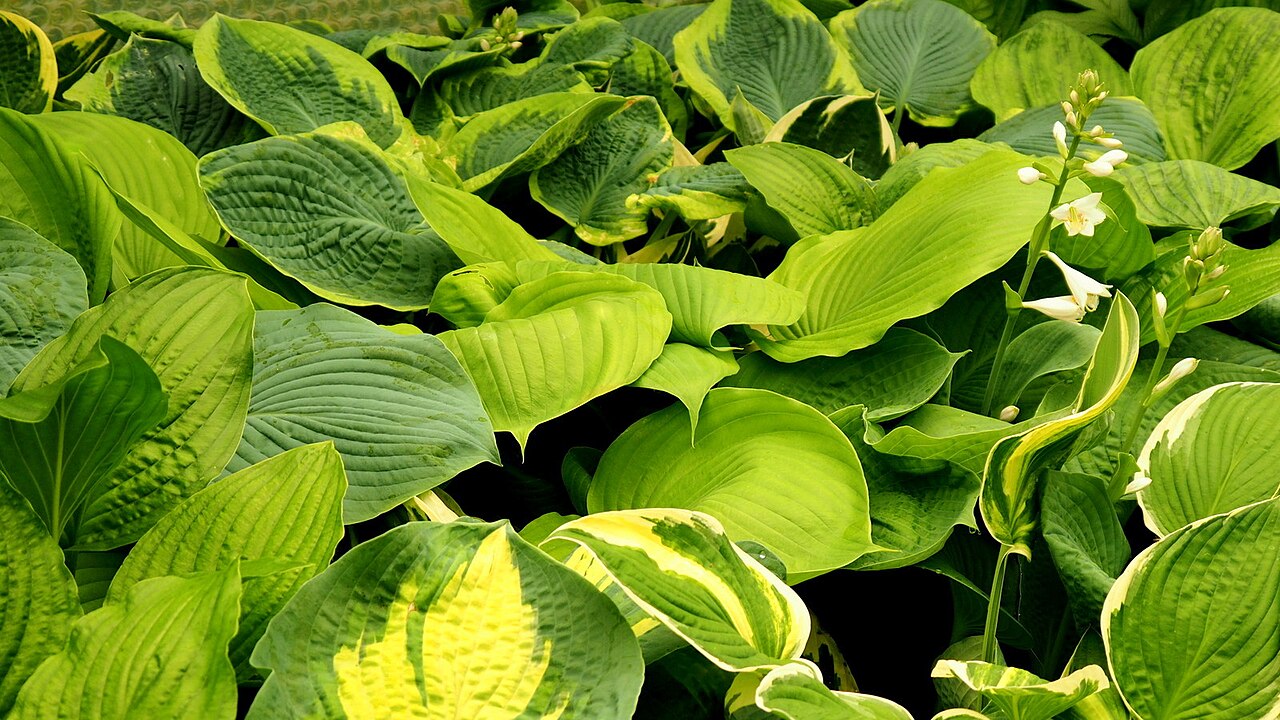
Hostas are one of the most popular shade-loving plants, known for their lush foliage and variety of colors. They thrive in cooler, shaded areas, making them ideal for gardens with limited sunlight, especially during the hot summer months. Hostas come in a range of sizes, from small varieties to large, bold plants that can create striking focal points in the garden.
Aside from their wide variety of leaf colors—ranging from deep greens to variegated patterns—Hostas also produce delicate flowers in late summer. These plants prefer moist, well-drained soil, so be sure to water them regularly, especially during dry spells. They are low-maintenance and incredibly versatile, adding texture and color to any shaded garden area.
Astilbe
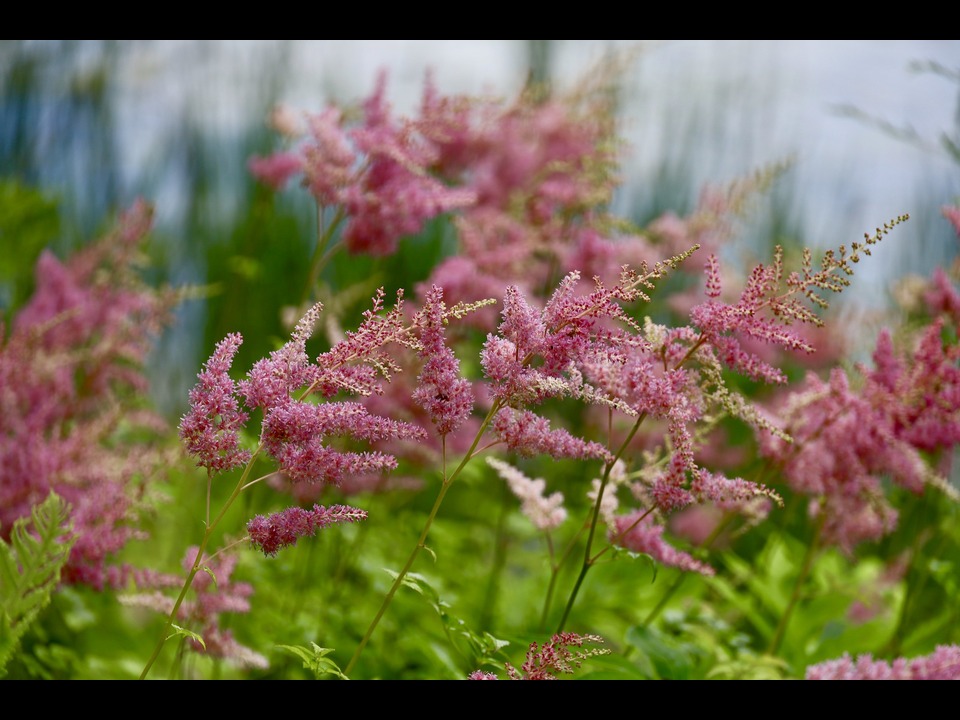
Astilbe is a shade-loving perennial that adds a burst of color with its feathery, plume-like flowers. Available in colors such as pink, red, white, and purple, Astilbes can brighten up even the darkest corners of your garden. They thrive in moist, fertile soil and are perfect for those looking to add texture and depth to shaded garden beds.
Astilbes are especially beneficial in shaded areas where other plants may struggle. They do well in partial to full shade and are a great choice for adding a soft, romantic touch to your garden. Their flowers typically bloom in early summer and last for several weeks, making them an enduring addition to your landscape.
Heuchera (Coral Bells)
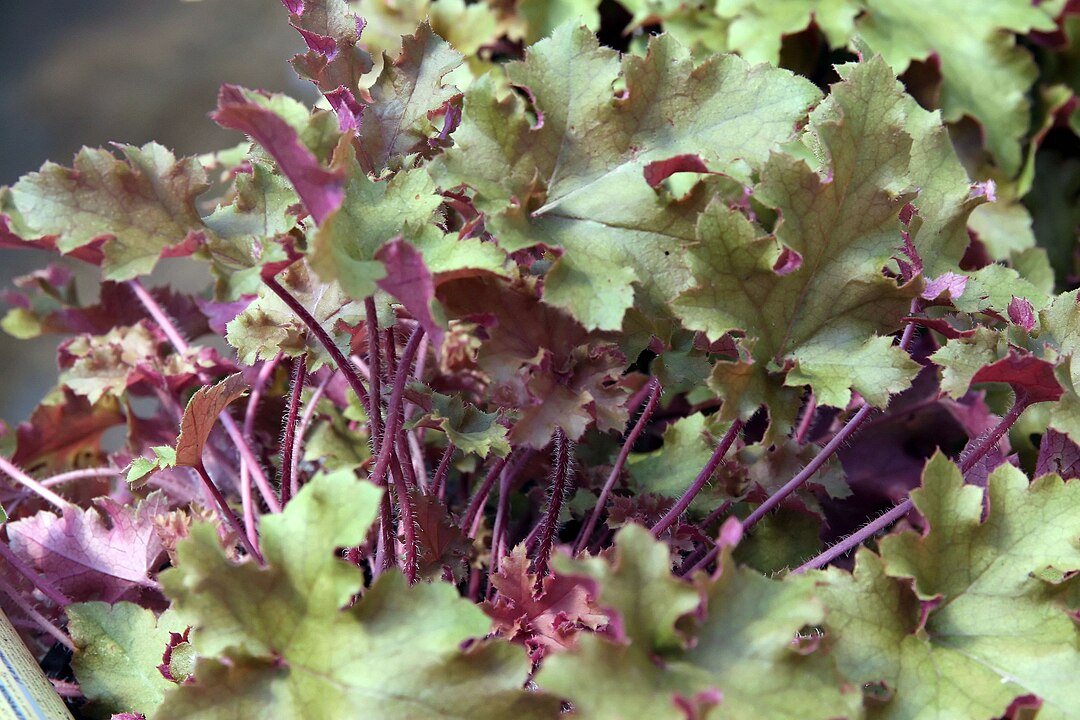
Heuchera, also known as Coral Bells, is a popular plant known for its striking foliage and small, bell-shaped flowers. The foliage comes in various colors such as burgundy, purple, silver, and green, providing year-round interest. Heuchera is great for planting in shaded areas and will thrive even during hot summer months if given the right care.
This plant is well-suited for containers or as ground cover in shaded beds. Heuchera prefers well-drained soil and benefits from regular watering, particularly during dry spells. It also has the advantage of being relatively pest-free, which makes it an easy addition to any garden. The small flowers that appear on tall spikes in late spring to early summer are another appealing feature of this versatile plant.
Ferns (Various Varieties)
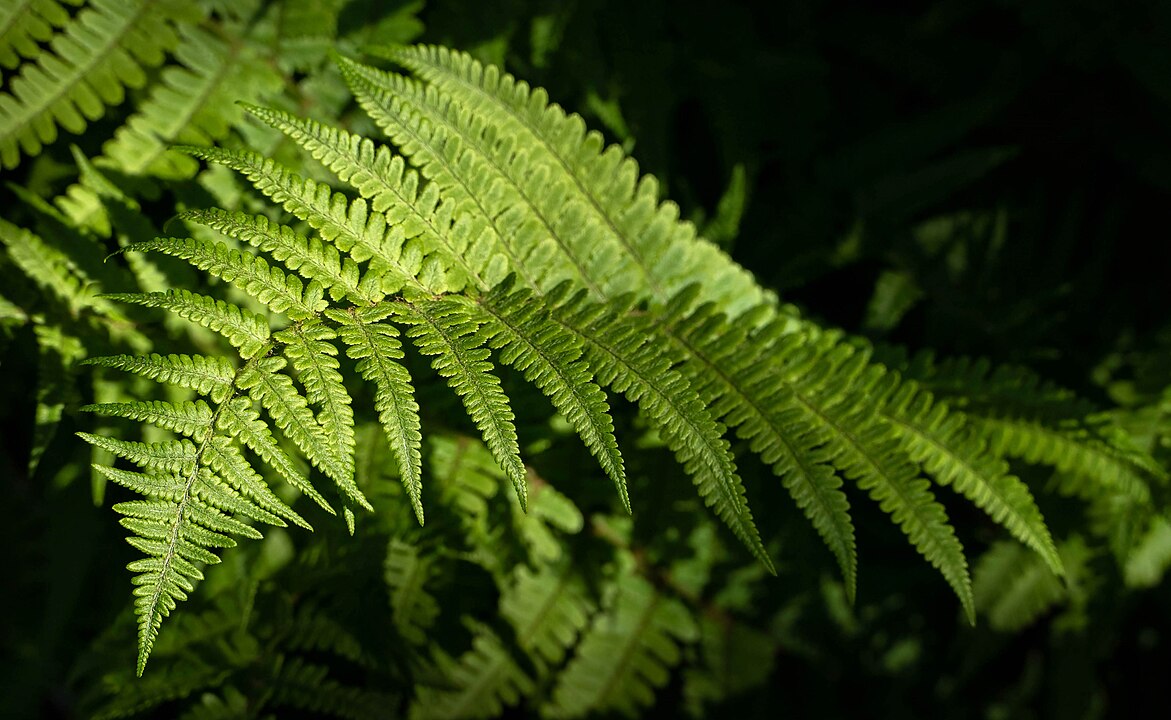
Ferns are classic shade plants that bring a natural, woodland look to any garden. With their elegant fronds and dense foliage, ferns are perfect for adding texture to shaded areas. They are incredibly diverse, with varieties such as the Japanese Painted Fern, Lady Fern, and Boston Fern all providing unique looks for your landscape.
Ferns do well in moist, well-drained soil and are generally easy to care for, making them a great choice for gardeners who want lush greenery without much effort. They thrive in both partial and full shade, and their soft, feathery fronds add a graceful touch to garden beds. Ferns also help with soil erosion in areas with poor drainage, making them functional as well as decorative.
Solomon’s Seal

Solomon’s Seal is a perennial plant that features arching stems with delicate, bell-shaped flowers. This plant does well in shaded areas with rich, moist soil, and its elegant form makes it a beautiful addition to any garden. It is particularly well-suited for woodland gardens and shaded borders.
In addition to its attractive flowers, Solomon’s Seal is also prized for its foliage, which has a graceful, arching shape. The plant can spread slowly over time, creating an impressive ground cover. It is also known for being relatively pest-resistant, making it a low-maintenance choice for shaded gardens.
Bleeding Heart

Bleeding Heart is a perennial plant with unique, heart-shaped flowers that make it a standout in any shade garden. It thrives in moist, well-drained soil and prefers cooler, shaded areas. Bleeding Hearts are perfect for adding a touch of elegance and whimsy to your garden, particularly in the spring and early summer.
These plants are known for their beautiful, dangling blooms that resemble tiny hearts. They are an ideal choice for shaded borders or woodland gardens. While Bleeding Hearts require regular watering to keep the soil moist, they are relatively low-maintenance and provide long-lasting beauty throughout the growing season.
Lungwort (Pulmonaria)
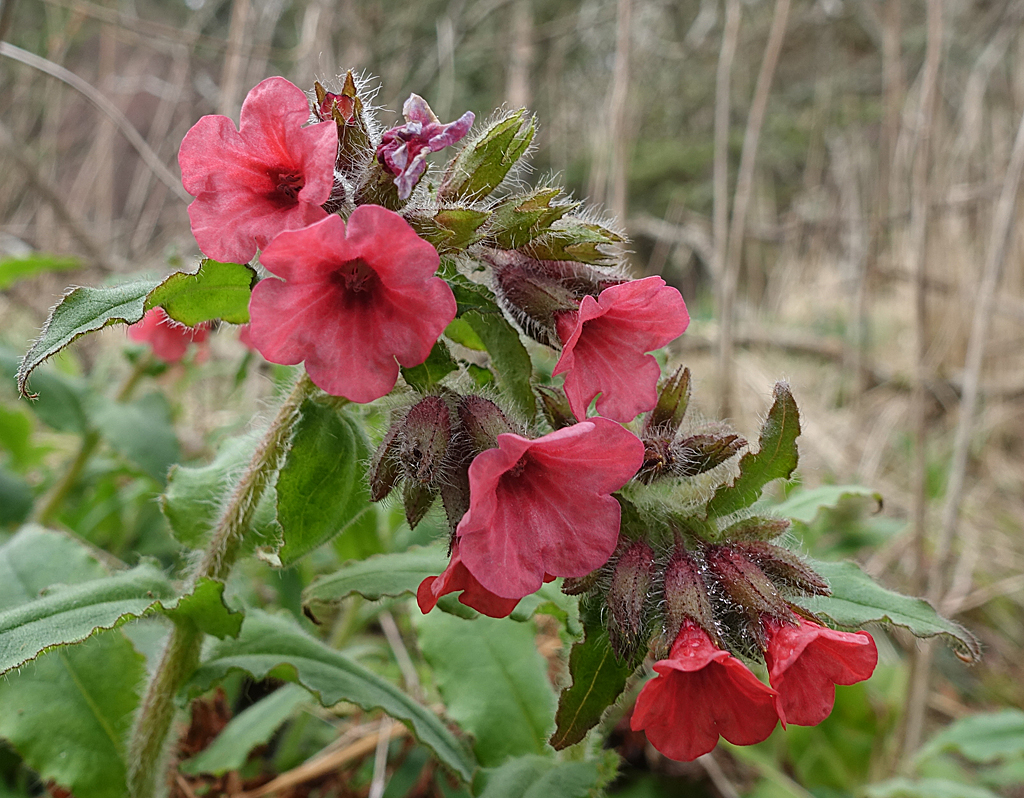
Lungwort is a perennial plant known for its attractive, spotted foliage and clusters of small, tubular flowers. The plant’s unique foliage, often marked with silver spots or patches, makes it an excellent ground cover for shaded areas. Lungwort is perfect for adding texture and color to areas that do not receive much sunlight, and it thrives in moist, well-drained soil.
Lungwort blooms in early spring, producing blue, pink, or purple flowers that provide a pop of color in shaded gardens. This plant is perfect for creating a beautiful, low-maintenance ground cover. It also has the added benefit of being deer-resistant, making it a great choice for gardens that are prone to wildlife visitors.
Japanese Forest Grass (Hakonechloa)

Japanese Forest Grass is a beautiful ornamental grass that thrives in shaded areas. With its cascading, arching foliage, this grass creates a soft, flowing look that works well in garden borders or as a ground cover. It prefers moist, well-drained soil and is relatively low-maintenance.
One of the main appeals of Japanese Forest Grass is its striking green foliage that turns golden-yellow in the fall, adding seasonal interest to your garden. It does well in both full shade and partial shade and can tolerate a variety of soil conditions. This ornamental grass is perfect for adding a delicate, calming atmosphere to shaded garden spaces.
Hellebores (Lenten Rose)

Hellebores, commonly known as Lenten Roses, are shade-loving perennials that bloom early in the season, often in late winter or early spring. They feature cup-shaped flowers that come in a range of colors, including white, pink, purple, and green. Hellebores thrive in moist, well-drained soil and are perfect for adding color and interest to shady spots.
Hellebores are a great choice for gardens that experience heavy shade and cooler temperatures. Their ability to bloom early, before many other plants in the garden, makes them a welcome sight after the winter months. They are low-maintenance and can thrive in a variety of soil types, making them an easy and beautiful addition to your garden.
Toad Lily (Tricyrtis)

Toad lilies are unique, shade-loving plants that produce small, orchid-like flowers in late summer to fall. These plants do well in moist, shaded gardens and are particularly well-suited for woodland settings. The flowers of the Toad Lily come in various colors, including purple, white, and pink, and their intricate patterns make them a fascinating addition to the garden.
In addition to their striking flowers, Toad Lilies have attractive, lance-shaped leaves that provide visual interest throughout the growing season. They are relatively easy to grow and require minimal maintenance, thriving in well-drained, organic-rich soil. These plants are perfect for adding late-season color to shaded areas of the garden.
Virginia Bluebells
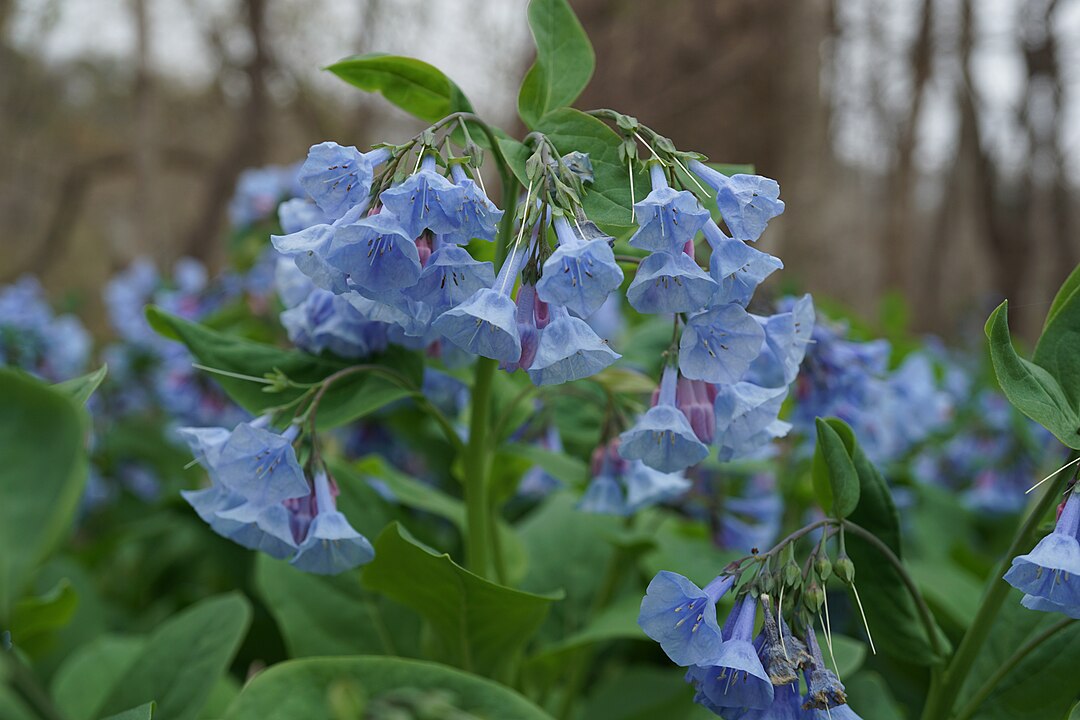
Virginia Bluebells are a native perennial that thrives in shaded, woodland areas. With their drooping clusters of bell-shaped blue flowers, these plants are perfect for adding a touch of springtime charm to shaded corners of your garden. Virginia Bluebells prefer moist, well-drained soil and do best in areas that receive partial to full shade.
In addition to their lovely flowers, Virginia Bluebells have attractive foliage that is soft and a vibrant green. As a spring bloomer, they provide early-season color and can be used as ground cover in shaded garden beds. These plants are ideal for naturalizing or creating a serene, woodland-inspired atmosphere in the garden.
Lamium (Dead Nettle)
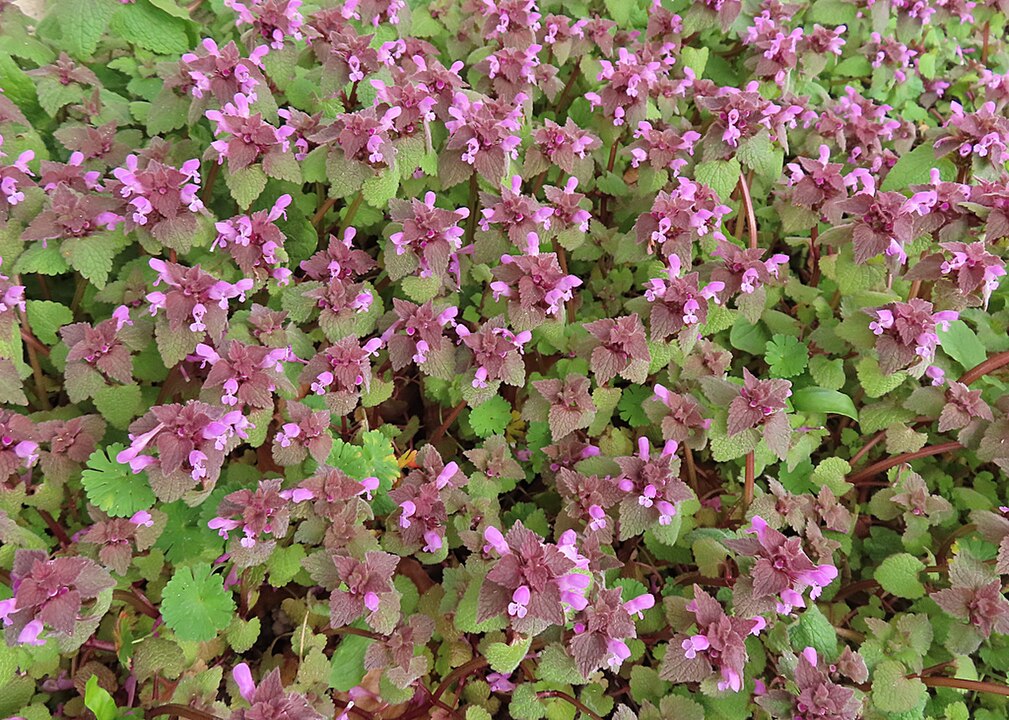
Lamium, or Dead Nettle, is a hardy perennial that thrives in partial to full shade. It is an excellent ground cover that helps prevent soil erosion while adding beautiful foliage to your garden. The plant produces small, tubular flowers in shades of purple, pink, or white, depending on the variety, and it blooms in spring or early summer.
Lamium is known for its striking foliage, which can range from silvery to green with patterns and spots that make it stand out. It grows best in moist, well-drained soil and can tolerate a variety of conditions. Because it spreads quickly, Lamium is perfect for covering large areas or filling in gaps in shaded garden beds.
Brunnera (False Forget-Me-Not)
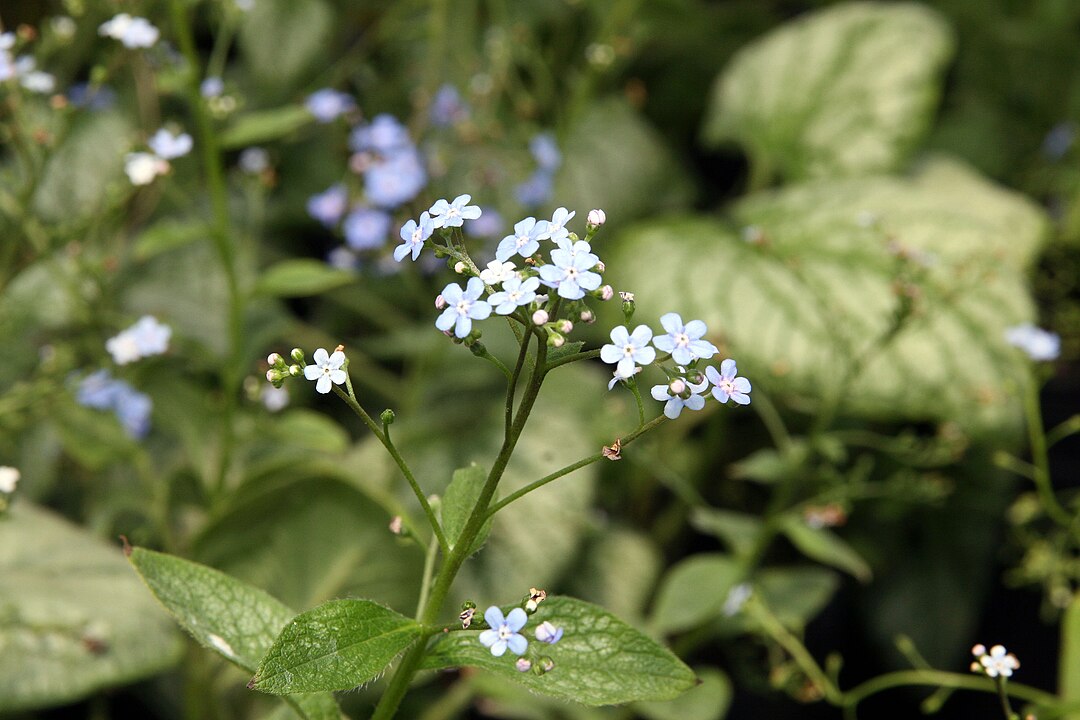
Brunnera, also known as False Forget-Me-Not, is a shade-loving perennial that thrives in moist, well-drained soil. Known for its striking heart-shaped leaves and bright blue flowers, Brunnera makes an excellent ground cover or border plant for shaded gardens. The plant produces clusters of small blue flowers in early spring that resemble the beloved Forget-Me-Not flowers.
This plant is relatively low-maintenance and can be grown in a variety of conditions, including partial to full shade. Its foliage is attractive throughout the growing season, providing interest even after the flowers have faded. Brunnera is a perfect choice for adding color and texture to shaded areas and is also known for being deer-resistant.
Sweet Woodruff
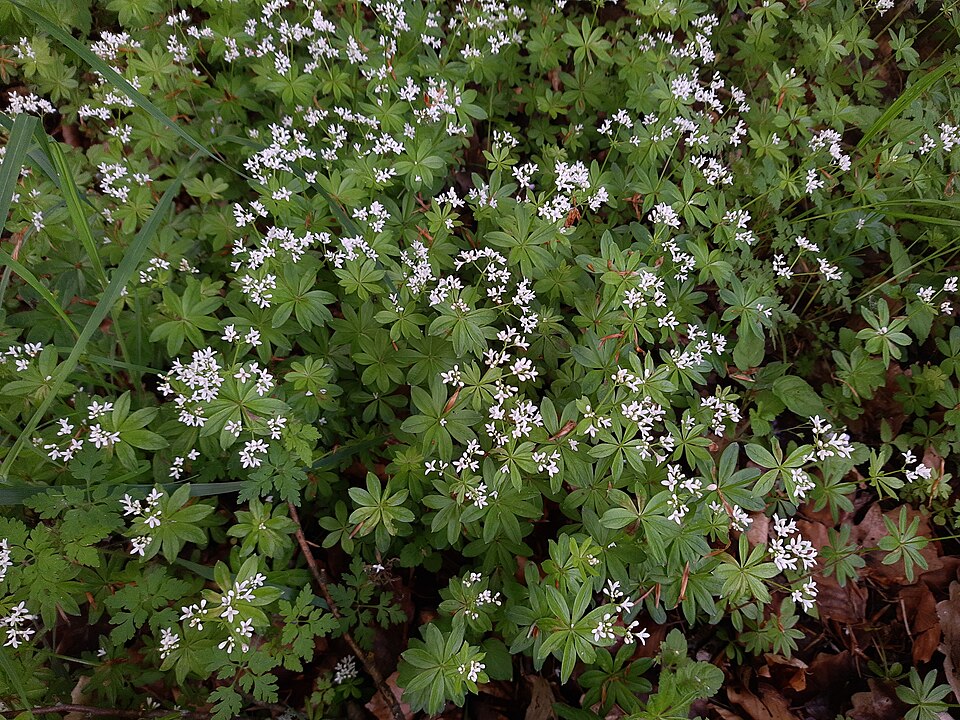
Sweet Woodruff is a low-growing perennial that thrives in shaded areas and produces small, white flowers in late spring or early summer. It is often used as ground cover because it spreads quickly and creates a dense mat of greenery. Sweet Woodruff prefers moist, well-drained soil and partial to full shade.
Aside from its lovely white flowers, Sweet Woodruff has aromatic foliage that releases a sweet scent when crushed. It is an excellent plant for naturalizing in shaded woodland gardens or adding fragrance to shaded garden beds. This plant is low-maintenance and can tolerate a variety of soil conditions, making it an easy addition to any shade garden.
Japanese Iris

Japanese Iris is a beautiful perennial that thrives in moist, shaded areas. It produces large, showy flowers in shades of purple, blue, and white, making it an eye-catching addition to any garden. Japanese Irises do well in areas with partial shade and are perfect for adding drama and color to shaded pondside gardens or woodland settings.
In addition to their stunning blooms, Japanese Irises have narrow, sword-like foliage that adds an elegant touch to garden beds. They prefer well-drained, acidic soil and benefit from regular watering, especially during the summer months. These irises are relatively easy to care for and offer long-lasting beauty with minimal effort.
Tiarella (Foamflower)

Tiarella, commonly known as Foamflower, is a versatile perennial plant that flourishes in shady areas. It is known for its airy, foam-like clusters of tiny white or pink flowers that bloom in spring. Tiarella is perfect for woodland gardens, shaded borders, or as ground cover, as it forms dense mats of attractive foliage.
The foliage of Tiarella is often variegated, with shades of green, purple, or silver, providing interest even when the plant is not in bloom. It prefers moist, well-drained soil and is relatively low maintenance, requiring only occasional watering during dry spells. Foamflower adds a delicate, whimsical touch to any shaded garden area.
Bridal Wreath Spirea
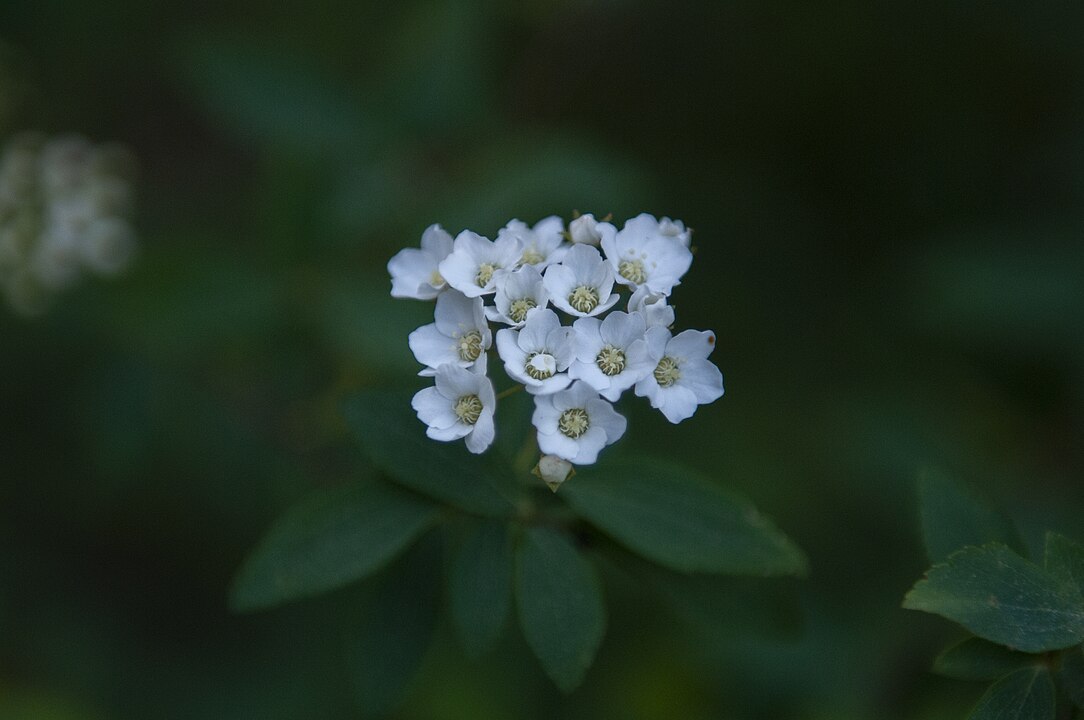
Bridal Wreath Spirea is a deciduous shrub that grows well in partial shade, especially in regions where summers are hot and dry. It produces cascading clusters of small, white flowers in late spring to early summer, which add a touch of elegance to any garden. Bridal Wreath Spirea prefers well-drained soil and can tolerate a variety of soil types.
The graceful, arching branches of Bridal Wreath Spirea create a beautiful, fountain-like shape. The plant’s fine, feathery foliage turns yellow in the fall, adding seasonal interest. It is a hardy shrub that thrives with minimal care, making it a great addition to shaded areas of the garden.
Columbine (Aquilegia)

Columbine is a shade-loving perennial that produces unique, spurred flowers in a range of colors, including red, yellow, purple, and blue. These flowers attract hummingbirds and butterflies, making Columbine an excellent addition to any garden. Columbine thrives in moist, well-drained soil and does best in partial shade, making it perfect for shaded corners or woodland gardens.
In addition to their beautiful blooms, Columbines have delicate, fern-like foliage that adds texture to your garden. They are low-maintenance plants that can tolerate dry spells once established. Columbine’s early-season blooms provide a burst of color in shaded areas, making them a perfect choice for gardens looking for long-lasting beauty.
Lobelia
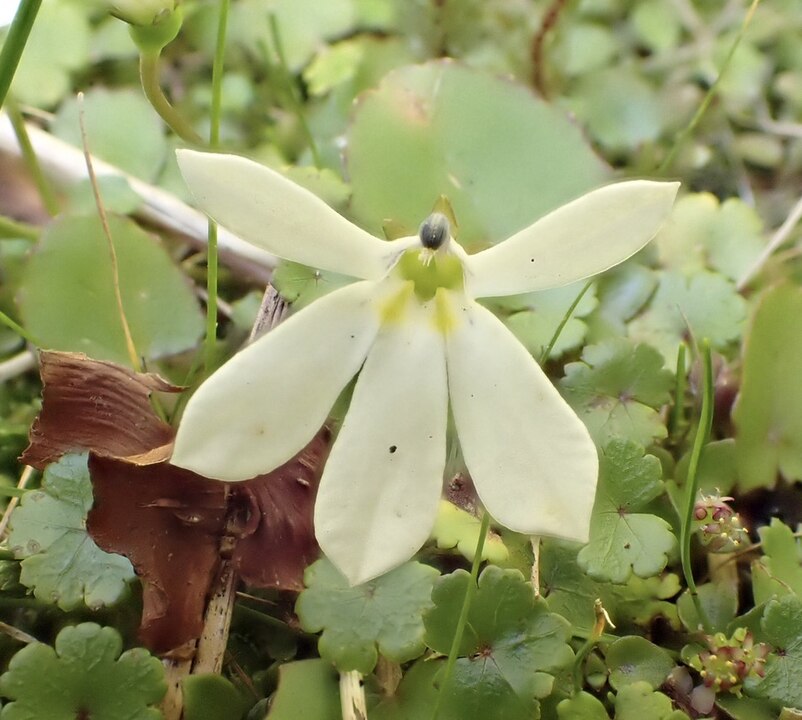
Lobelia is an excellent choice for shaded gardens that need a burst of color during the summer months. It produces small, tubular flowers in shades of blue, purple, and white, making it a great addition to hanging baskets or garden beds. Lobelia thrives in moist, well-drained soil and prefers partial to full shade.
This plant is known for its ability to tolerate heat and humidity, making it an ideal choice for hot summer gardens. Lobelia’s cascading form and vibrant blooms make it perfect for adding color and texture to shaded corners. It is also a great choice for attracting pollinators like bees and butterflies to your garden.
Lobularia (Sweet Alyssum)
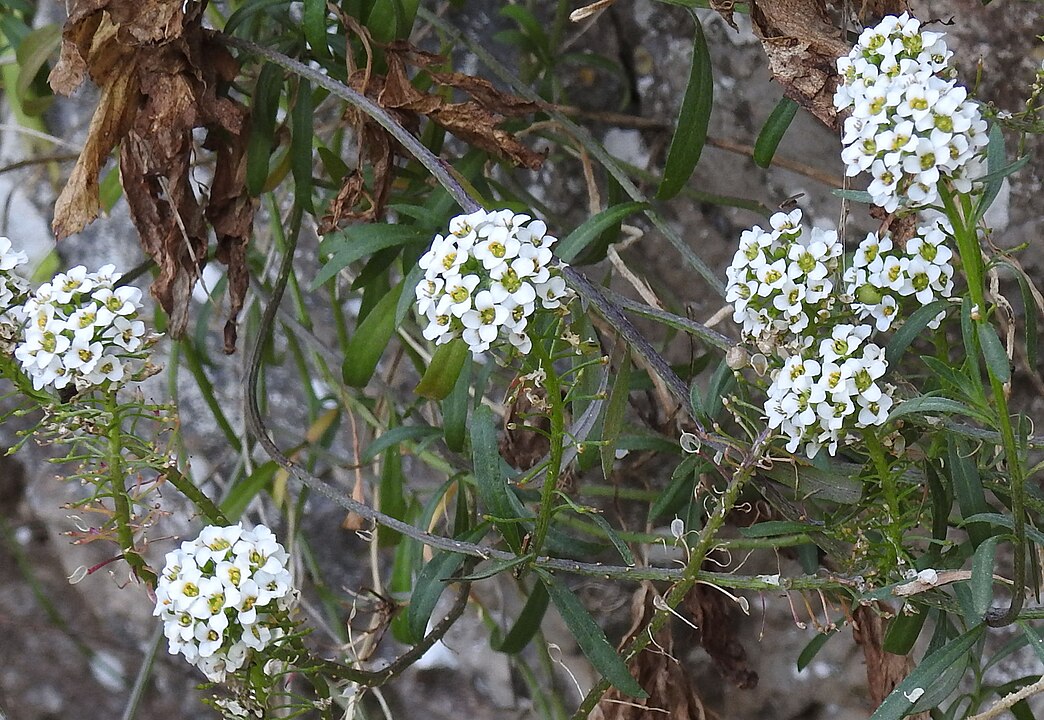
Lobularia, or Sweet Alyssum, is a low-growing perennial that produces fragrant, tiny flowers in shades of white, pink, purple, and lavender. It is perfect for adding a soft, sweet fragrance to shaded garden spaces. Sweet Alyssum thrives in cool, shaded areas with moist, well-drained soil.
This plant is easy to care for and thrives in areas with limited sunlight. Its trailing nature makes it perfect for hanging baskets or as a ground cover in shaded areas. Sweet Alyssum’s pleasant fragrance and beautiful blooms make it an excellent addition to your garden, especially in shaded spots where other plants may struggle.
This article originally appeared on Avocadu.
